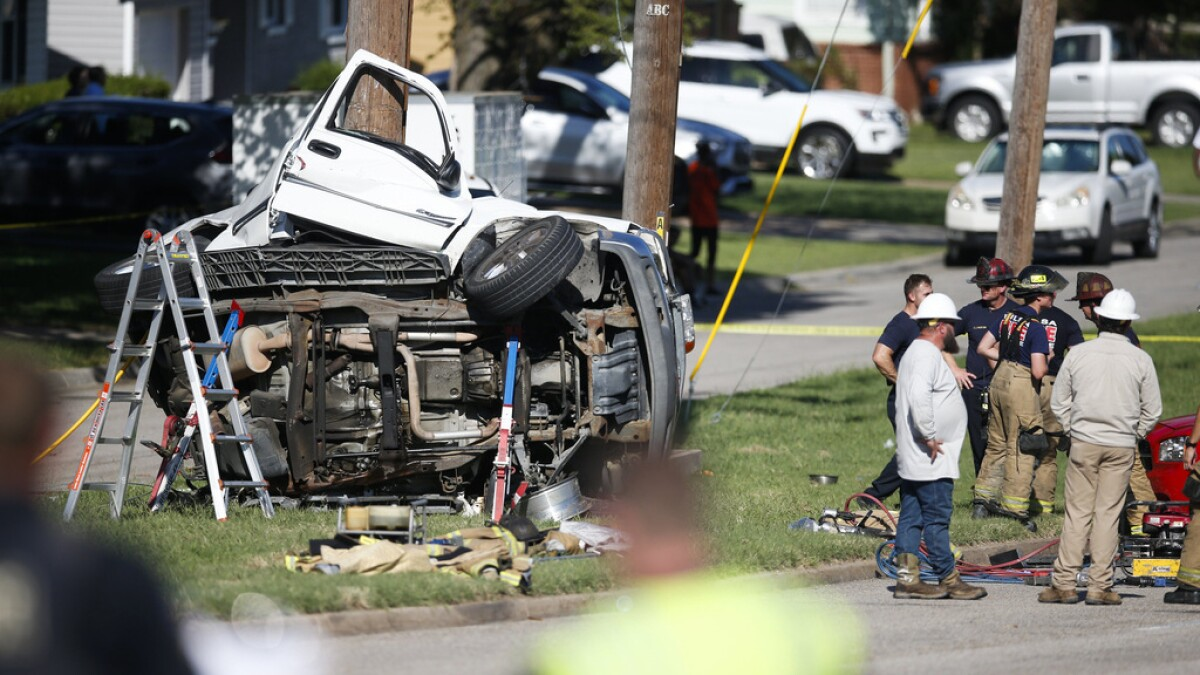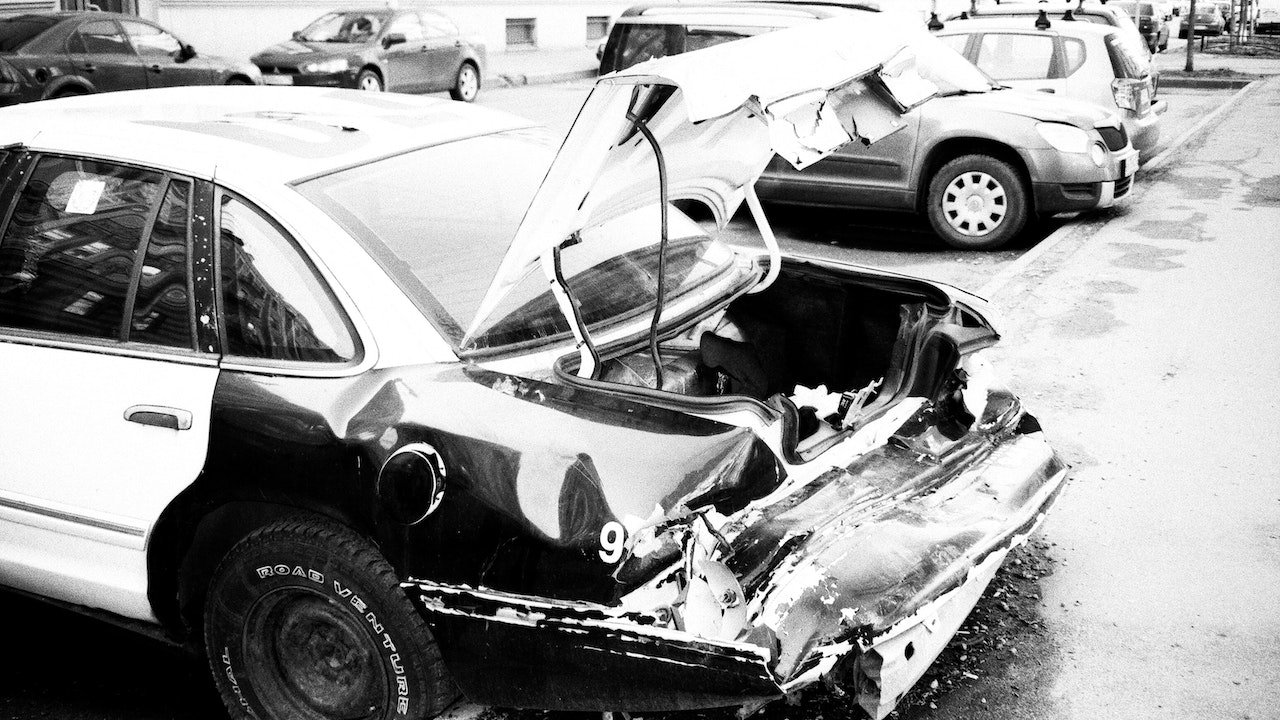Alcohol-Related Crash Numbers Still High (2023)

Drunk driving has been a long-standing problem in many parts of the world, and despite efforts to address it, the numbers of alcohol-related crashes remain alarmingly high. In this article, we will discuss the extent of the problem, the reasons behind it, and the measures that can be taken to reduce the incidence of alcohol-related crashes.
Despite decades of education campaigns, law enforcement efforts, and technological advancements, alcohol-related crashes remain a major problem worldwide. In 2019, the National Highway Traffic Safety Administration (NHTSA) reported that alcohol-impaired crashes accounted for 28% of all traffic-related fatalities in the United States. This statistic is a clear indication that the issue of drunk driving is far from being solved.
The extent of the problem
The problem of alcohol-related crashes is not unique to the United States. According to the World Health Organization (WHO), around 3,000 people die every day worldwide due to traffic accidents, many of which are caused by alcohol consumption. In addition to fatalities, alcohol-related crashes also cause numerous injuries and property damage.
Reasons behind alcohol-related crashes
There are many reasons why alcohol-related crashes continue to occur at such alarming rates. Some of the most significant factors include:
Alcohol impairs judgment and coordination
Alcohol is a central nervous system depressant that affects the brain’s ability to function properly. Even small amounts of alcohol can impair judgment, coordination, and reaction time, making it difficult for drivers to react to unexpected situations on the road.
Alcohol reduces inhibitions and increases risk-taking behavior
In addition to impairing judgment and coordination, alcohol also reduces inhibitions and increases risk-taking behavior. Drivers under the influence of alcohol are more likely to speed, run red lights, and engage in other dangerous behaviors that increase the risk of an accident.
Lack of knowledge about the effects of alcohol on driving
Despite the widespread education campaigns about the dangers of drunk driving, many people still lack a clear understanding of the effects of alcohol on their driving ability. Some drivers believe that they can “handle” their alcohol or that they are not impaired until they reach a certain blood alcohol content (BAC) level. This misconception can lead to a false sense of security and increased risk-taking behavior.
Read More: Trial In Car Accident That Killed A Family Of Three (2023)
Measures to reduce alcohol-related crashes
Addressing the problem of alcohol-related crashes requires a multi-faceted approach that involves a combination of law enforcement, education, and technology. Some of the most effective measures include:
Stricter enforcement of DUI laws
One of the most effective ways to reduce alcohol-related crashes is to increase the enforcement of DUI laws. This can involve increasing the number of police patrols, setting up sobriety checkpoints, and implementing harsher penalties for drunk driving offenses.
Education and awareness campaigns
Education and awareness campaigns can also play a critical role in reducing alcohol-related crashes. These campaigns can focus on the dangers of drunk driving, the effects of alcohol on driving ability, and the importance of making responsible choices when drinking.
Increased use of technology
Technology can also be used to reduce the incidence of alcohol-related crashes. For example, ignition interlock devices can be installed in the vehicles of repeat DUI offenders, requiring them to pass a breathalyzer test before starting their vehicle. This can prevent them from driving while under the influence and reduce the risk of crashes.
Designated driver programs
Designated driver programs can also be effective in reducing the incidence of alcohol-related crashes. These programs encourage people to designate a sober driver before going out drinking or provide alternative transportation options, such as ride-sharing services, to ensure that no one has to drive while impaired.
Read More: Two Injured In Construction Accident Near Pittsburgh (2023)
The importance of taking action
The high numbers of alcohol-related crashes are a clear indication that more needs to be done to address this issue. While progress has been made in reducing the incidence of drunk driving over the years, it is clear that much more needs to be done to continue this trend. Taking action to reduce the number of alcohol-related crashes can save lives, prevent injuries, and reduce the cost associated with these accidents.
Conclusion
Alcohol-related crashes remain a significant problem worldwide, despite decades of education campaigns, law enforcement efforts, and technological advancements. The reasons behind these crashes are complex and multifaceted, and addressing the issue requires a multi-faceted approach that involves a combination of law enforcement, education, and technology. By taking action to reduce the incidence of drunk driving, we can save lives, prevent injuries, and reduce the cost associated with these accidents.
FAQs
- What is considered a legal limit for blood alcohol content (BAC) when driving?
- In the United States, a BAC of 0.08% or higher is considered legally impaired for drivers over the age of 21.
- Can someone be arrested for drunk driving even if they are under the legal BAC limit?
- Yes, someone can still be arrested for drunk driving even if they are under the legal BAC limit if their driving is impaired by alcohol.
- How can technology be used to prevent alcohol-related crashes?
- Technology such as ignition interlock devices can be installed in the vehicles of repeat DUI offenders, requiring them to pass a breathalyzer test before starting their vehicle.
- What are some consequences of drunk driving?
- Drunk driving can result in injury, property damage, legal consequences, and even death.
- What are some alternatives to driving while under the influence?
- Alternatives to driving while under the influence include designated driver programs, ride-sharing services, and public transportation.




